I've now reached San Pedro de Atacama, in the middle of the driest desert in the world, after 5 days travelling with Pachamama Bus.
Day 1: Santiago to Coquimbo
This was the first day travelling, where I met the other people I would be with over the next few days. There were 8 of us in the bus, as well as a guide and driver: we had a german, a pole, 2 danes, an american, and 2 dutch people. We headed up the Pacific on the Pan-American highway, stopping off at Pichidangui, a small fishing town, for lunch on the beach. Several hours later we were in Coquimbo, in an old hostel likened to the Adams Family house by Yersin, our guide. We had a quick look around the town, which is a large fishing port, and then had dinner and some drinks in the hostel.
Day 2: Coquimbo to Bahia Inglesa
The next day we headed further North towards Bahia Inglesa, a beach resort that was founded by English pirates, hence the name. On the way we stopped off in the Humboldt Penguin Natural Reserve, where we all got onto a boat and headed out to the islands that make up the reserve. Unsurprisingly, the reserve is home to the Humboldt Penguin, as well as sea otters, sea lions, dolphins, and a lot of birds. After that, it was further up the coast to our next overnight stop at Bahia Inglesa.
Day 3: Bahia Inglesa
Today was a break day where we got out into the nearby towns to have a look around, and check out the local food offerings. Caldera is a small town near Bahia Inglesa that is little more than a port town outside of the summer months, but which turns out to be home to the Chilean miners who were trapped underground around 10km away. In the evening we got together for a big Chilean asado, with the usually huge quantities of meat.
Day 4: Bahia Inglesa to Antofagasta
We left early the next day to keep going up the coast, towards our penultimate destination of Antofagasta, the mining capital of Chile. Along the way we had two stops: at the mano del desierto, basically a big concrete hand in the desert, and a cemetery left over from the nitrate years in the Norte Grande. About 100 years ago one of the main exports of Chile was nitrate minerals used in fertilisers, and this area was very rich in those deposits. However, these quickly became obsolete when people managed to artifically synthesise nitrate, and the subsequent end of mining created the ghost towns that are dotted around the area today. Interesting.
Day 5: Antofagasta to San Pedro
This was probably the best day. The first stop was in Baquedano, where we visited a train cemetery, another hangover from the nitrate days. It was basically an old train yard where engines had just been left, but because of the dry conditions they had been really well preserved. Its actually a lot more interesting than it sounds. Next we headed to the Atacama Salt Flats, the biggest in Chile and second biggest in the world, where underground activity has created miles and miles of rock salt crust in the desert.
Then it was further up into the Andes, with a stop in Peine, a small oasis town in the foothills that has a pool fed by rivers from the mountains, where we swam and played water-polo (of sorts). The final stop before arriving in San Pedro was the Chaxa Lagoons, potentially the most beautiful place I've ever seen, with flamingos and birds wandering around in the shallow salt lagoons creating mirror reflections of themselves, all with the backdrop of a clear blue sky and the Andes. Bit smelly though.
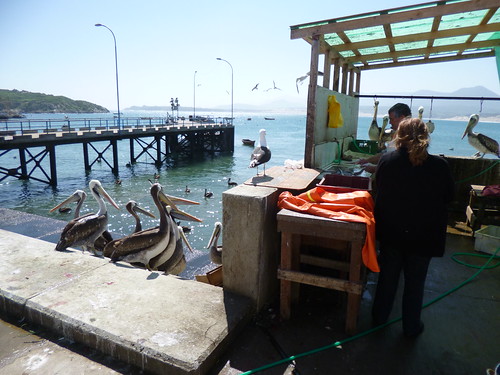
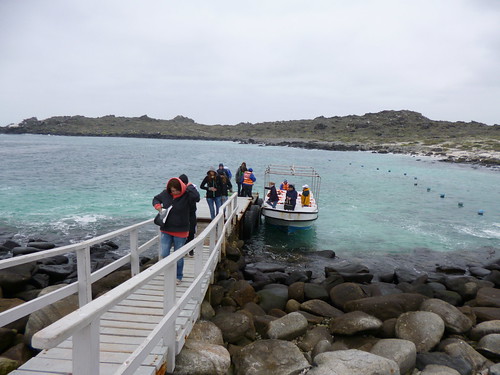
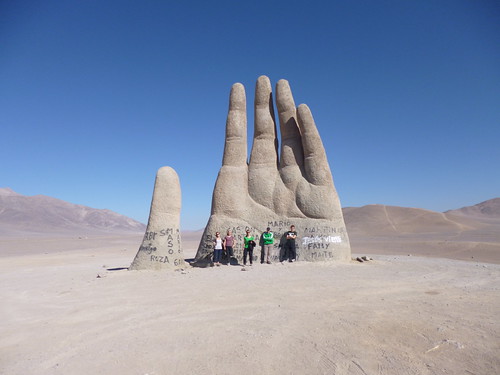
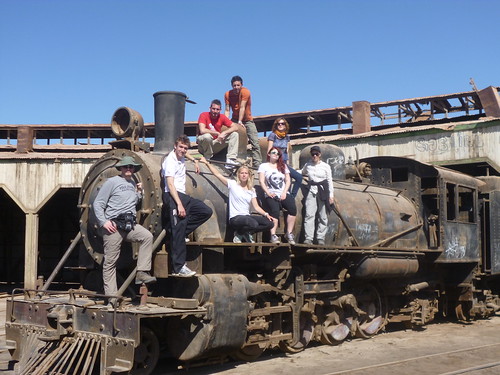
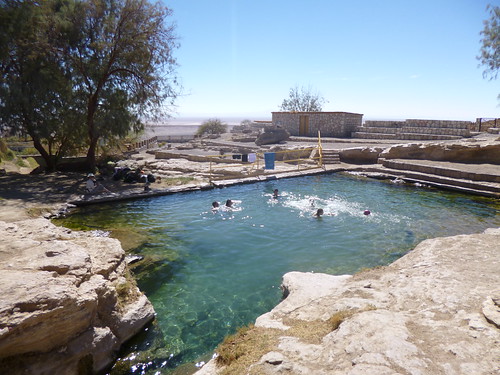
No comments:
Post a Comment